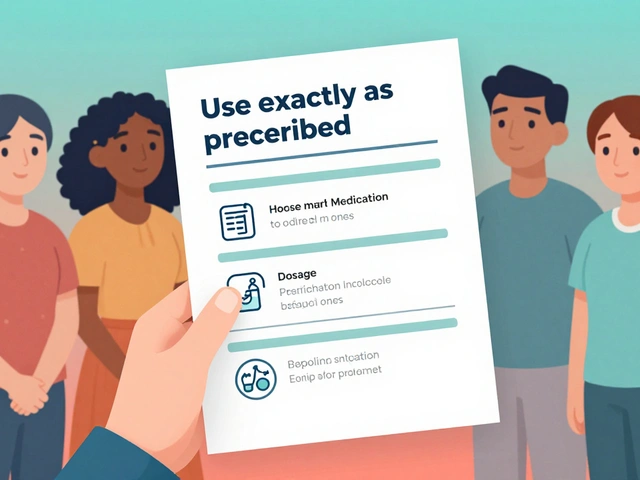FDA Proposed PMI Changes: What Patients and Pharmacies Need to Know
December 10 2025Diabetes medications: what to know and how to choose
If you think metformin is the only option, you might be surprised. Diabetes care now includes pills, injectables and insulin types that do different things — lower blood sugar, protect your heart, or help with weight. This page gives straight, usable info so you can ask better questions at your next doctor visit.
Common diabetes medicines and how they work
Metformin is usually first. It lowers glucose production in the liver and helps insulin work better. It can cause mild stomach upset at first and usually is safe with normal kidney function.
Sulfonylureas (like glipizide) and meglitinides boost insulin release from the pancreas. They work fast but can cause low blood sugar and weight gain, so you need to watch meals and activity closely.
SGLT2 inhibitors (for example, empagliflozin) make kidneys remove extra glucose in urine. They can lower heart and kidney risk in many people, and may cause genitourinary infections or dehydration if you’re not careful.
GLP‑1 receptor agonists (such as semaglutide) mimic a gut hormone to increase insulin when needed, slow stomach emptying, and often reduce appetite. People often see weight loss, but expect nausea at the start. These drugs may also help protect the heart for some patients.
Insulin still matters. Newer long-acting and rapid-acting insulins give more flexible control and reduce severe lows when dosed correctly. Injection technique, timing, and dose adjustment matter—get hands-on training from a nurse or pharmacist.
Practical tips: safety, monitoring, and buying meds
How do you pick? Base choices on blood sugar patterns, weight goals, kidney function, heart disease risk, and cost. Ask your clinician: "What will this drug do for my A1c and my heart? What side effects should I expect?"
Monitor blood sugar as your doctor asks. Log patterns after meals and during exercise. If you have recurrent lows, discuss lowering doses or changing drugs.
Buying meds online? Check the pharmacy’s credentials, require a prescription, avoid prices that look unreal, and read reviews. Look for clear contact info and verified seals like PharmacyChecker or a national regulator. If a site ships prescription drugs without asking for a prescription, walk away.
Travel or changes in routine? Pack extra supplies, keep medications in original packaging, and carry a printed summary of your prescriptions. For injectables, use a cooler pack when needed and plan for time-zone changes with insulin timing.
Final quick checklist: know why each drug was chosen, learn common side effects, get a follow-up plan for dose changes, and buy only from reputable pharmacies. That approach keeps you safe and makes your treatment actually work.
 8 Jul
8 Jul
adwdiabetes.com: Trusted Online Pharmacy for Diabetes Medications and Supplies
adwdiabetes.com makes life easier for people with diabetes, offering affordable medications, supplies, auto-refills, and expert support—all from a single online pharmacy.
Read More...




